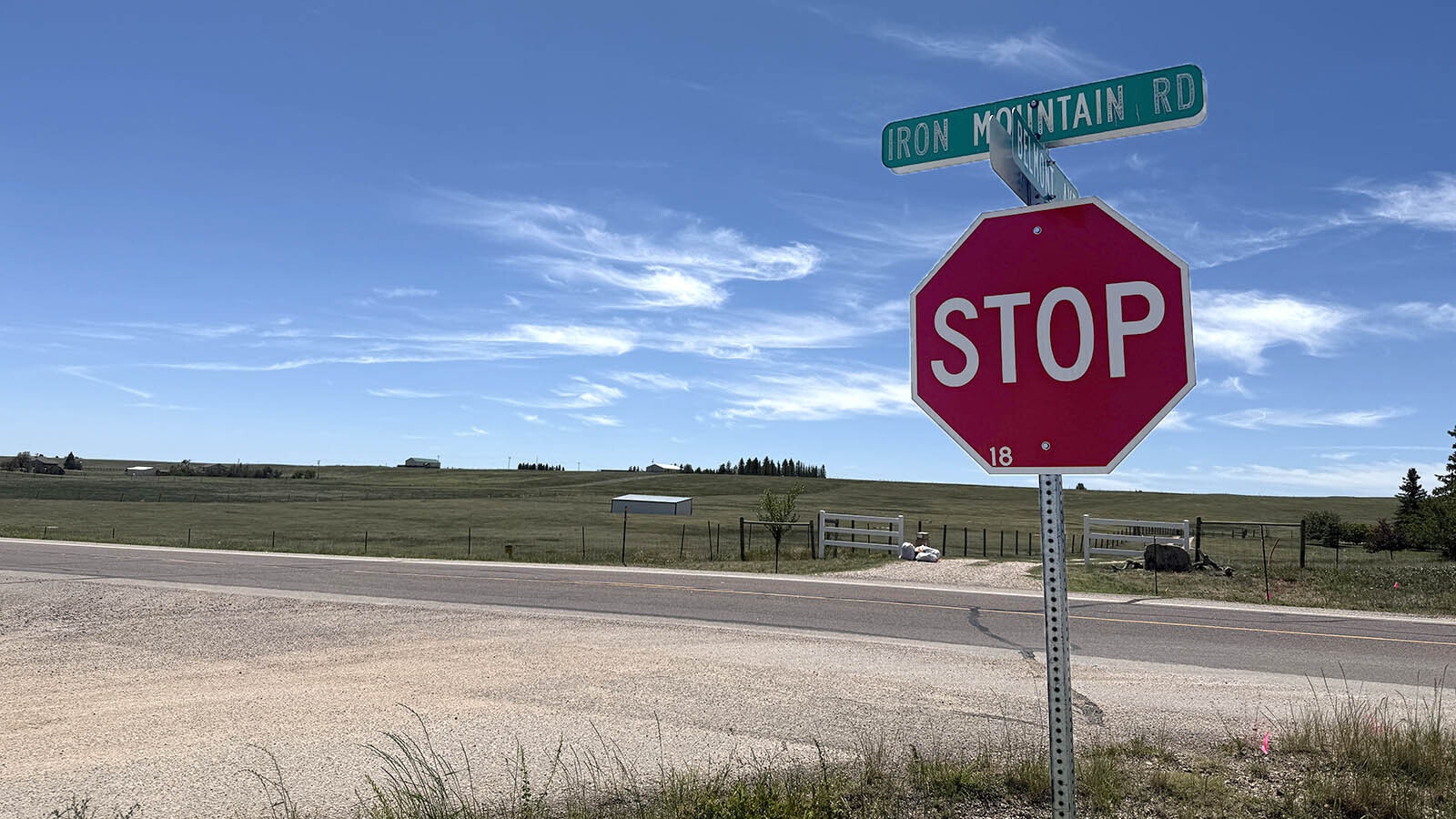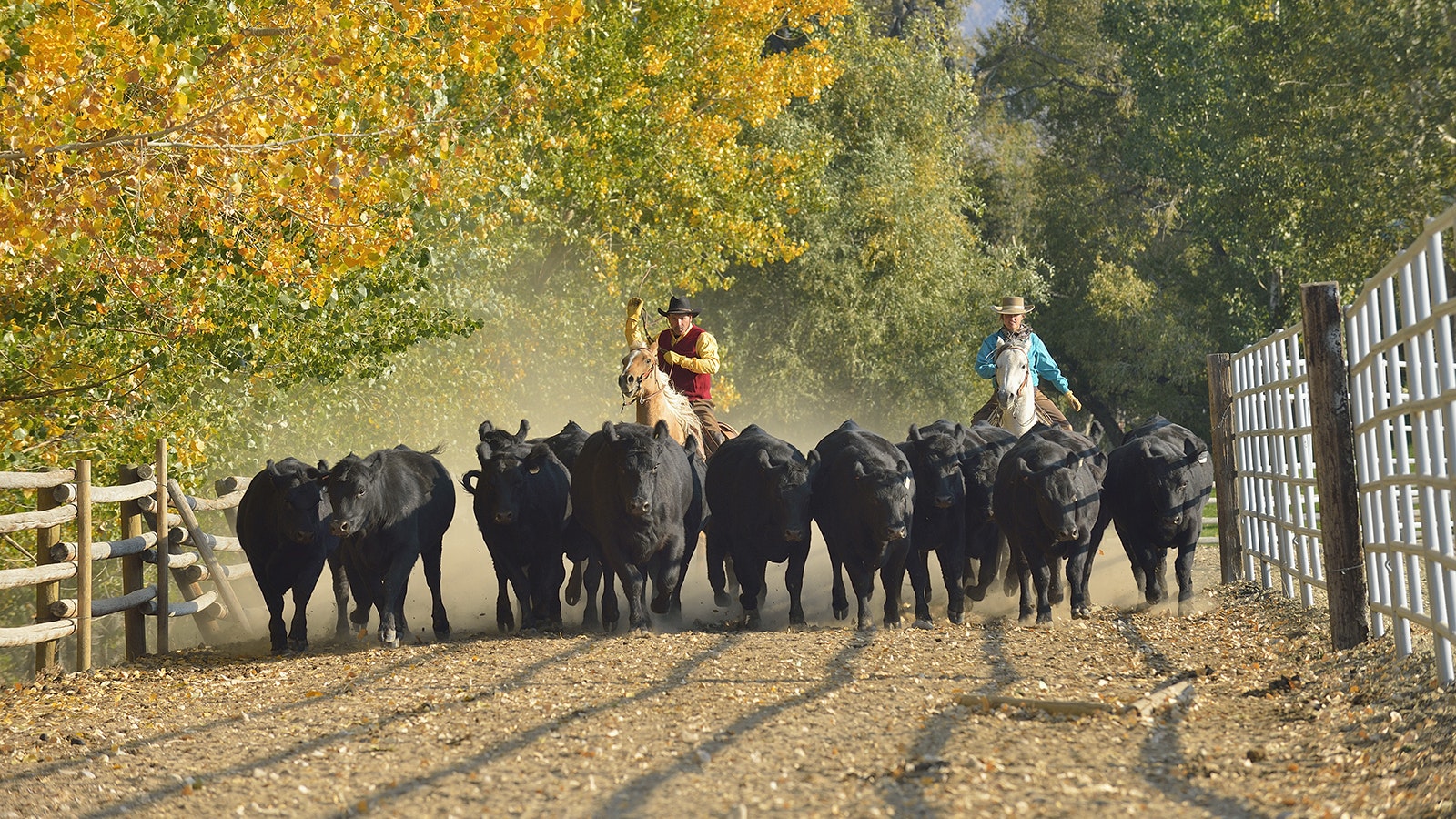The old saying “good fences make good neighbors” apparently does not apply in cases of window wells, sprinklers and property lines.
A dispute over window wells that stretched 16 inches over a property line made it all the way to Wyoming’s Supreme Court, where justices on Monday unanimously agreed that the owner of one home should be given ownership of about 16 inches of land from his neighbor’s property.
The ruling stems from a dispute between two neighbors in Glendo, Thomas Valdova and Judith Woodward.
According to the ruling, Valdova in 1999 purchased a home in Glendo that had been built at least 20 years before. The building had seven window wells, all extending 14 to 16 inches over the property line between Valdova’s property and that of Woodward, who moved into her neighboring home in 2005.
In 2002, Valdova surveyed his property and learned his window wells reached over the property line. The ruling said Valdova did not tell his neighbor at the time about the fact his window wells encroached on the neighbor’s land.
The ruling said the relationship between Valdova and Woodward was “neighborly” until 2018, when Valdova asked Woodward to stop using sprinklers near the property line because they sprayed water directly onto his window and walls. He asked her to water along the property line by hand.
Woodward responded with a letter demanding payment for the use of property for the window wells and then a few months later said if Valdova did not remove the window wells from her property, she would hire someone to do so “at his expense.”
Valdova filed a complaint in state district court asking to be given title to the land that contained the window wells, arguing that it had been used by the owners of his home for that purpose going back to at least 1975.
The district court ultimately granted a summary judgment in Valdova’s favor, finding he was able to prove that the neighboring property was used for his home’s window wells over a substantial period of time with none of the owners of the neighboring property complaining until 2018.
The Supreme Court agreed with Valdova’s argument, saying he was able to prove the land in dispute had been used for the window wells for some time.
“Mr. Valdova demonstrates actual possession by the existence of the window wells,” said the court’s ruling, written by Justice Kate Fox. “He submitted numerous affidavits from himself and four others to prove they existed from 1967 to the present.”
As a result, the district court properly ruled that Valdova had “adverse possession” of the land in question.





